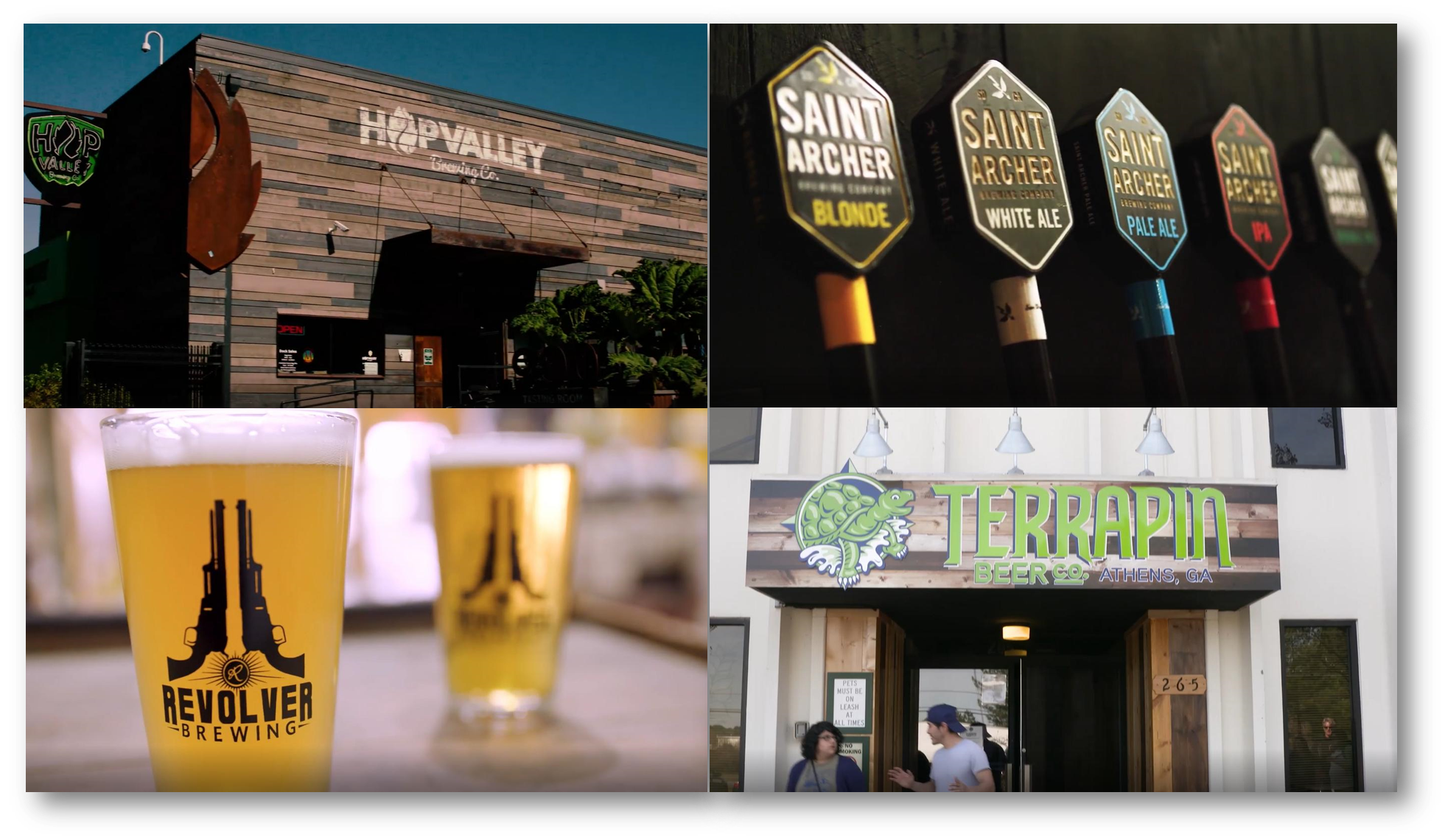While craft beer remains one of the consistent bright spots in an industry stuck in decline, the rapid growth during its boom is showing signs of fraying.
Case volume in the craft segment is up 2.2 percent year-to-date, according to Nielsen all-outlet data. But it was down a tenth of a point in the most-recent four weeks, underscoring that the unbridled growth of the segment is in a tenuous position, at best.
As the industry grows increasingly fragmented and the rate of new brewery openings slows, the market appears poised for a shakeout.
In a speech today to the California Beer and Beverage Distributors, a statewide trade group that represents California’s beer distributors, Pete Marino, president of the MillerCoors craft and import division, Tenth and Blake, laid out five keys for craft brewers to succeed over the next 3 to 5 years.
Clearly define your role in the segment
“Craft brewers with a clear vision for their place in the market will have the best chance to ride out any shakeout we encounter in the next few years,” Marino said. That means breweries need to be realistic about what they’re trying to achieve and ensuring they have the resources in place to get there.
The market always will have room for local craft brewers that are happy to stay local and be ingrained in their community. There’s also room for regional craft brands and expansion, but they must first ensure they’ve built a steady base at home. And, as MillerCoors is proving with Blue Moon and Leinenkugel’s, there’s a sustainable model for national craft brands that can own a style.
Simplify your portfolio
This one is self-explanatory. While variety is the selling point for craft beer, SKUs have spiraled out of control and many consumers are increasingly paralyzed with choice.
Between 2013 and 2016, the average retailer added six beer/cider/malt beverage items a year, with craft accounting for four of them, according to Nielsen data compiled by MillerCoors. This year, retailers have removed an average of four items from their shelves, with craft taking a representative part of the hit.
The result is the craft brewers with the clearest portfolio strategy – in most cases anchored by a few core beers – will fare best. “You’re not going to win with a portfolio of 15 different brands that all get equal time,” Marino said.
Don’t underestimate sessionability
Beers that drinkers can come back to time and again are the ones that drive volume and velocity. Among the beers MillerCoors expects to chart the biggest growth over the next three years are sessionable blonde ales, lower-alcohol-by-volume IPAs, fruited IPAs and sours.
A steady commitment to brand building
Today, great craft beer is the price of admission but no guarantee to sustainable success. Brewers seeking longevity will need to invest in their brands and have patience and persistence.
Breweries, Marino said, have two primary options:
- The brewery itself can be the brand, as is the case with Tenth and Blake brewery Saint Archer. That brewery’s identity is tied to the idea of people being driven by what they love and the reward of taking the road less traveled.
- A flagship beer they can build a brand around, such as Revolver Brewing, another MillerCoors brewery with a flagship ale called Blood & Honey that is so unique that it could be a fit in any market.
“You can come up with an amazing sales and marketing program, but if it’s a one-off, you’ll see minimal lasting impact,” Marino said.
Respect the three-tier system and provide meaningful value to your distributors
While taprooms and direct-to-consumer sales provide an important source of cash flow to a craft brewery, those that want to grow should seek to forge lasting and productive relationships with their distributors.
Brewers self-distributing and brewers selling the majority of their beer out of their own taprooms might have “a short-term win” in profitability, “but they’re not going to enjoy long-term success without the distribution and local brand-building that only comes with a committed distributor partner,” Marino said. Breweries that can deliver a valuable bundle of strong brands “will leave distributors no choice but to get on board and invest their own resources against your brands.”
Absent those investments, the road ahead may be much more difficult.

